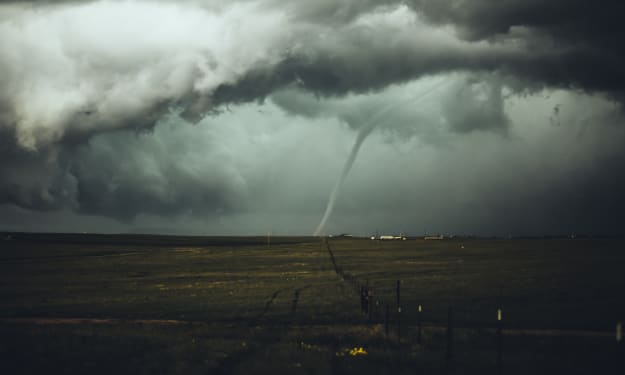
Shifting Earth: Understanding the Science and Impact of Earthquakes
Introduction
Earthquakes, one of the most awe-inspiring and fearsome natural phenomena, have shaped the Earth's landscape for millions of years. These powerful geological events are a result of the restless movement of tectonic plates beneath the Earth's surface. In this article, we will explore the science behind earthquakes, their causes, effects, and the measures taken to mitigate their impact on human lives and infrastructure.
Understanding Earthquakes
At its core, the Earth is not a static structure but a dynamic system. The lithosphere, the Earth's outermost layer, is fragmented into tectonic plates that continuously move, albeit at an incredibly slow pace. As these plates interact with one another, they can either converge, diverge, or slide past one another along fault lines.
When the accumulated stress along these fault lines exceeds the strength of the rocks holding them together, they suddenly release that energy in the form of seismic waves, causing the ground to shake – this is an earthquake. The point within the Earth where the seismic energy is released is called the focus, while the point directly above it on the Earth's surface is known as the epicenter.
Causes of Earthquakes
The majority of earthquakes are caused by tectonic activity. There are three main types of tectonic earthquakes:
1. Subduction Zone Earthquakes: These occur at subduction zones where one tectonic plate is forced beneath another. The intense pressure and friction as the plates interact result in powerful earthquakes.
2. Transform Fault Earthquakes: These earthquakes happen at transform boundaries where two plates slide past each other horizontally. The friction along the fault line generates seismic energy.
3. Divergent Boundary Earthquakes: Occurring at divergent boundaries, where two plates move away from each other, these earthquakes are generally less intense than the previous two types.
In addition to tectonic earthquakes, human activities, such as mining, reservoir-induced seismicity from large dams, and hydraulic fracturing (fracking) for oil and gas extraction, can also induce earthquakes.

Effects of Earthquakes
The severity of an earthquake's impact depends on several factors, including its magnitude, depth, distance from populated areas, and the local geological conditions. Earthquakes can cause a wide range of effects, such as:
1. Ground Shaking: The primary effect of an earthquake is the shaking of the ground, which can cause buildings and infrastructure to collapse, leading to severe damage and potential loss of life.
2. Surface Ruptures: In some cases, earthquakes can create visible ruptures on the Earth's surface, altering landscapes and terrain.
3. Tsunamis: Subduction zone earthquakes beneath the ocean floor can displace massive amounts of water, triggering tsunamis, which are large and powerful sea waves capable of causing devastation along coastal areas.
4. Aftershocks: After the main earthquake, smaller earthquakes known as aftershocks can occur for days, weeks, or even months. These can hamper rescue and recovery efforts and further damage weakened structures.
5. Landslides and Soil Liquefaction: Earthquakes can trigger landslides on steep slopes and cause soil liquefaction, where saturated soil loses its strength and behaves like a liquid.
Mitigation and Preparedness
Recognizing the destructive potential of earthquakes, communities in seismically active regions implement various measures to reduce their impact:
1. Building Codes: Earthquake-resistant building codes and engineering standards help construct structures that can withstand seismic forces.
2. Early Warning Systems: Seismologists and engineers have developed early warning systems that can detect the initial seismic waves and provide seconds to minutes of warning before the more damaging waves arrive.
3. Public Education: Raising awareness about earthquake preparedness and safety measures is crucial for minimizing injuries and loss of life during seismic events.
4. Retrofitting: Strengthening existing buildings and infrastructure through retrofitting can enhance their ability to withstand earthquakes.
Conclusion
Earthquakes serve as a reminder of the dynamic nature of our planet and the powerful forces at play beneath its surface. As we continue to study and understand these geological events, our ability to predict, prepare for, and mitigate their impact on human lives and infrastructure improves. By embracing seismic safety measures and fostering public awareness, we can strive to coexist more harmoniously with the Earth's ever-shifting tectonic dance.
About the Creator
World Writer
My life journey as a nature writer embodies a deep-seated connection with the natural world and an unwavering commitment to preserving its wonders.






Comments
There are no comments for this story
Be the first to respond and start the conversation.